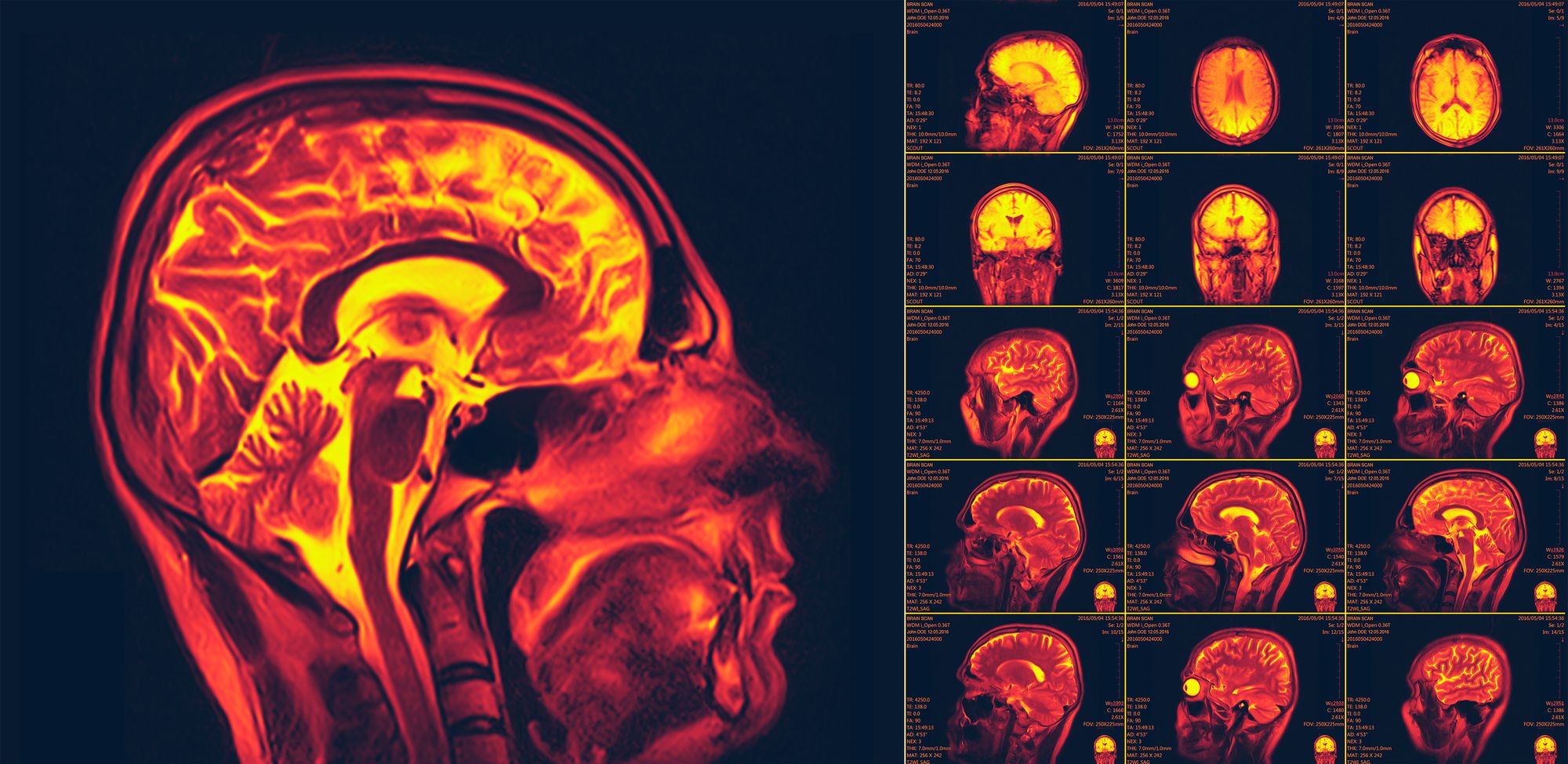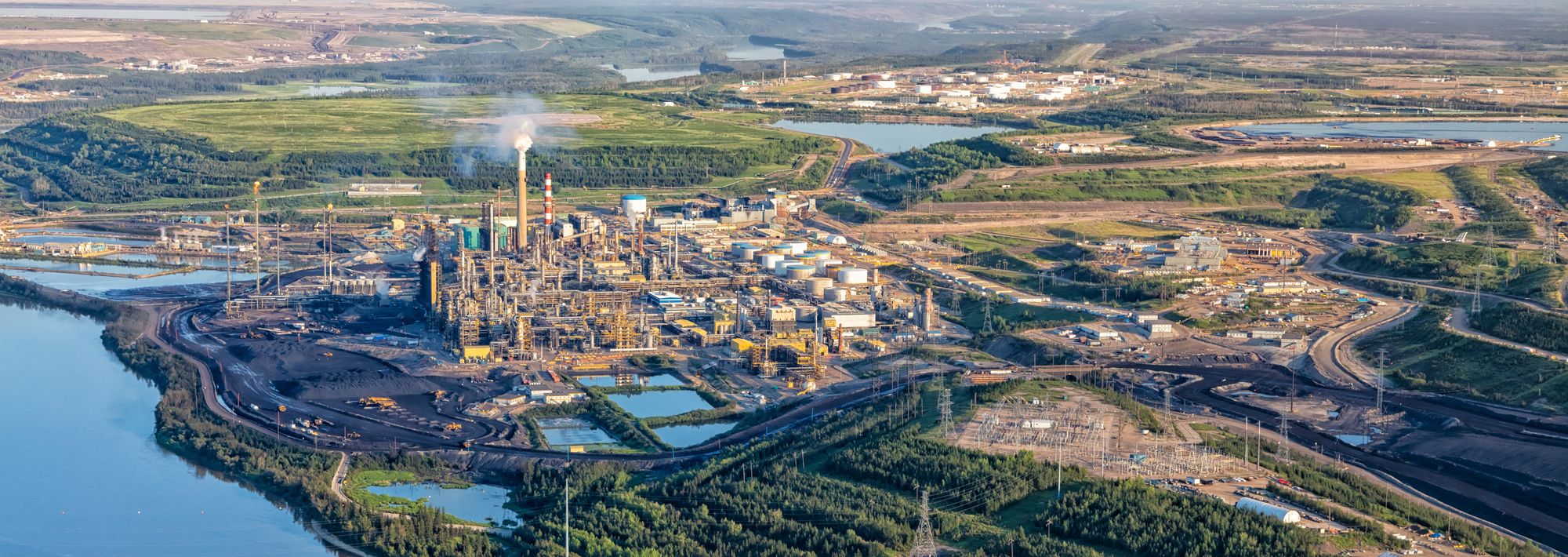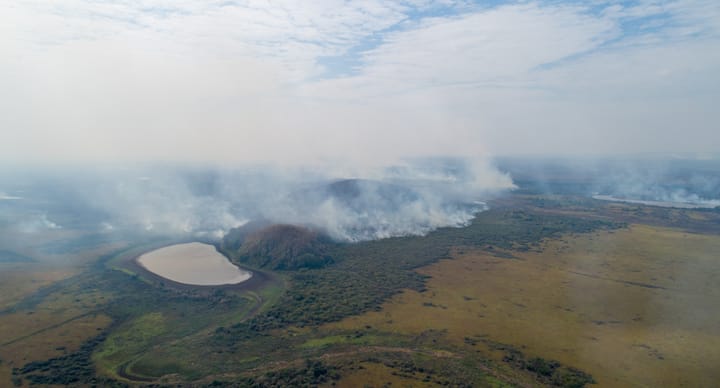From Being to Becoming: The Odyssey of Extraction
In an evolving world, this article intertwines the ancient myth of Prometheus with the modern concept of extraction, revealing its dual impact on our physical world and metaphysical understanding.

Existence, derived from the Latin 'exsistentia,' resonates as the act of emerging into reality, a transition from the invisible to the visible. Extraction, stemming from 'extractionem' and 'extrahere,' evokes the forced removal of an element from its natural environment, often marked by disruption. These two concepts, etymologically intertwined, find a vivid illustration in the myth of Prometheus.
This Titan from Greek mythology symbolizes the unquenchable quest for knowledge and the audacious challenge to divine authority. His theft of the sacred fire from the gods, an emblematic act of extraction, transferred power and wisdom from the divine realm to humanity. This heroic action, deeply embedded in mythology, mirrors the dual nature of extraction as an act of both liberation and transgression.

Prometheus' narrative not only enlightened humanity but also initiated an era of knowledge, marked by irreversible consequences. It reflects the duality inherent in extraction, resonating with alchemical themes. Alchemists sought to extract the quintessence, the purest element from matter, paralleling Prometheus' extraction of divine fire from Zeus. This pursuit of transmutation and perfection through extraction illustrates humanity's ongoing endeavor to transform natural resources into valuable and useful products.
The Perpetual Metamorphosis of Existence
Human life is a series of extractions, beginning with birth, where the child is literally extracted from the mother's womb. This first biological extraction, often accompanied by pain, illustrates the inherent suffering in each existential mutation. Like raw materials extracted from the earth, each phase of our life is a transformation that shapes and redefines us. Every experience, decision, and encounter is an extraction of meaning and value, continually transfiguring us.
This constant metamorphosis of existence is also reflected in how artists extract beauty from raw material to create art. The sculptor extracts a form from stone, the painter extracts images from canvas, and the musician extracts melodies from silence. Each of these artistic acts is a transformation, an extraction of the essence of matter to reveal its true nature. Thus, art becomes an allegory for existence itself, where each act of extraction brings us closer to the quintessence of our being.
The compilation of these themes and symbols illustrates the depth and complexity of extraction, a concept that transcends mere resource harvesting to become a metaphor for our journey through existence, our quest for knowledge, transformation, and transcendence.
Interweaving Realms of Chaos and Consciousness
In the intricate journey of understanding extraction, the revolutionary insights of Quentin Meillassoux's speculative realism, as articulated in "After Finitude" (2006), offer a new perspective on the relationship between humans and their existence. Meillassoux's approach allows us to view our existence and the world around us in a novel light, challenging long-held philosophical beliefs.

Historically, it was Jean-Paul Sartre who envisioned human existence as preceding essence, portraying us as the creators of our destiny through conscious and responsible choices. This existentialist view, developed in "Being and Nothingness" (1943), places significant emphasis on individual freedom in the construction of personal identity, creating a juxtaposition with Meillassoux's concept of an autonomous universe. Sartre's ideas are exemplified in the way artists transform their inner visions into reality, using their will and creativity to produce works of art that shape their world.
However, Meillassoux brings a major conceptual revolution, being the first to boldly challenge the post-Kantian notion of correlationism, which has long held sway in continental philosophy. He asserts a universe that exists independently of human thought. His concept of a hyper-chaotic cosmos, unbound by consistent natural laws, upends traditional views of causality. This perspective refocuses our attention on the primary qualities of things as defined by mathematics, thereby reshaping our comprehension of the universe’s fabric. For instance, Meillassoux's ideas parallel the unpredictability of quantum mechanics, where particles behave independently of human observation, underscoring a reality that transcends our perception.
The convergence of Meillassoux's speculative realism and Sartre's existentialism forms a compelling paradox. On one hand, Meillassoux envisions a universe governed by absolute contingency, autonomous in its very nature. On the other, Sartre depicts a world sculpted by human will and liberty. This juxtaposition reflects the multifaceted nature of extraction as both a metaphysical and existential journey.

Thus, each act of extraction becomes more than its literal meaning, evolving into a metaphor for the human endeavor to define our existence. In the dynamic interplay between the unpredictability of the cosmos and human agency, we carve out our identity and path. Extraction, in this context, symbolizes our evolution - a dance between the independent nature of the universe and our deepest aspirations.
Viewed through this philosophical lens, extraction signifies not only the tangible harvest but also the progression of humanity within a cosmos where our will interacts with an autonomous reality. The metaphor of a nebula's formation aptly illustrates this concept: just as these cosmic entities emerge from stellar chaos to forge new worlds, humans, through their existential choices, shape their realities, weaving their destinies within a universe that is both independent and deeply connected to their essence.

Integrating an innovative approach to healing within the framework of speculative realism, we consider the possibility of speaking in the name of an object by identifying with it. This method, embodying the essence of an object, allows a unique merging of subject and object, further blurring the boundaries between human thought and the autonomous universe. It offers a transformative pathway in our understanding and interaction with the world, enabling a deeper connection and healing through the realization of our intrinsic unity with the cosmos.
Neuroplasticity: A Mirror of Extraction

Neuroplasticity, a pivotal concept in neuroscience, reveals our brain as a fertile ground for continuous extraction and transformation. Recent studies have illuminated how our experiences and exposures profoundly influence the activity of genes regulating brain plasticity.
Particularly intriguing is the role of reactive oxygen molecules, or free radicals. Once thought to be solely harmful, these molecules are now understood to be integral to the brain's adaptability. In the hippocampus, the brain's control center for learning and memory, new nerve cells are constantly created, even in adulthood, through a process known as adult neurogenesis. This ongoing generation of neurons is vital for the brain's ability to adapt and evolve throughout life, a phenomenon observed in both humans and animals.

The balance of oxidative stress, caused by these free radicals, is a delicate one. While excessive oxidative stress can lead to nerve damage and aging, a moderate level is essential for the proper functioning of neural stem cells. These insights suggest that free radicals are not intrinsically detrimental but are likely crucial for the brain to remain adaptable and age healthily.
The human brain, with its inherent plasticity, can reconfigure itself in response to new information across a lifespan. This capacity for reconfiguration, supported by the interaction of genes with lived experiences and external signals, underpins the brain’s development and adaptability.
These discoveries underscore the brain's dynamic nature, capable of creating new neural circuits and modifying existing ones in response to environmental stimuli. This intricate and dynamic process, requiring the meticulous orchestration of various molecules through signaling pathways, forms the cellular basis of learning and memory. Neuroplasticity, therefore, embodies a living, ongoing form of extraction, where our brain continually extracts and transforms information, adapting and evolving in response to our ever-changing world.
Contemporary Example: The Extraction of Oil Sands

In the grand narrative of modern extraction, the oil sands of Alberta, Canada, emerge as a poignant chapter, symbolizing the intricate dance of industrial might and ecological stewardship. This vast territory, where ancient deposits of bitumen lie deep beneath the boreal forest, witnesses a daily transformation, akin to an alchemical process. Companies like Suncor Energy, with its annual revenue for 2022 reaching $44.973 billion USD, a 44.15% increase from the previous year, and Syncrude, known for its significant economic impact in the region, metamorphose this tar-like substance into a coveted resource. The year 2022 marked a significant milestone in this region, with crude bitumen production reaching approximately 3.3 million barrels per day.

Amidst the mechanical symphony of extraction, Alberta's journey is not merely one of harnessing resources but also of maintaining a delicate equilibrium with the environment. Initiatives like the Carbon Competitiveness Incentive Regulation (CCIR) and investments in carbon capture and storage technology illustrate Alberta's pioneering role in North America for legislating greenhouse gas emission reductions from large industrial facilities. A testament to this commitment is the astounding fact that oil sands projects recycle between 80% to 95% of the water they use, reflecting a deep-seated dedication to resource conservation.
The geographical and economic footprint of the oil sands is monumental. Covering an area of about 142,200 square kilometers, with surface mines impacting less than 1% of Alberta’s boreal forest, this endeavor reshapes not only the landscape but also the socio-economic fabric of the region. It contributes significantly to Alberta's economy, intertwining the fate of the land with the fortunes of those who dwell and work there. The sector's contribution to Alberta’s economy is critical, creating jobs and tax revenue that support social programs and infrastructure projects. In 2022, the sector employed about 138,000 people, with capital investment estimated at about $24.6 billion.
The social and community impacts of the oil sands stretch beyond environmental considerations. Towns like Fort McMurray, the economic nucleus of the region, experience a complex spectrum of socio-economic effects. High employment and revenue coexist with challenges such as elevated living costs, transient community dynamics, and a reliance on the fluctuating energy market. More crucially, the local Aboriginal communities, especially those downstream, bear the brunt of heightened environmental impacts, their way of life and cultural heritage closely intertwined with the land and waters.

The extraction process, while economically pivotal, does not come without its environmental cost. Vast expanses of the boreal forest are cleared for mining, and the operation of large open-pit mines and in situ production facilities results in significant land disturbances. In response, companies are mandated to restore the land post-mining, a process that involves intricate planning and execution, symbolizing a hope for reconciliation between human activity and nature's resilience. The first successful reclamation in the oil sands occurred in 2008, demonstrating the potential for restoring ecosystems affected by mining activities.
This story of the oil sands is not just about the extraction of a valuable resource; it's a tale that intertwines the destiny of a region with the lives of its inhabitants and the environmental legacy we leave behind. It's a narrative that echoes the complexities highlighted in the myth of Prometheus – a tale of advancement, but also of profound responsibility and the quest for a harmonious balance between progress and preservation. In this modern-day odyssey of extraction, we are reminded of our role in shaping the earth and its legacy, urging us to seek a harmony that honors both our ambitions and our duty to the planet and its people.
Prometheus Revisited
In revisiting Prometheus' tale, we unearth more than myth; we find a mirror of our own journey. His act, once seen as mere defiance, now reflects a deeper truth – a call to stewardship, a reminder of our intertwined fate with the world we touch. The fire he seized, a beacon of progress, also casts light on our duty to maintain nature's delicate balance.

It's not just what we take, but how we give back, how we harmonize our desires with the rhythms of the earth. Prometheus' fire, thus, becomes a symbol not just of human achievement, but of our perpetual quest for harmony with the world we inhabit.
In this modern age, where our impact on the earth is ever more palpable, this narrative gains new relevance. It urges us to view our technological and industrial advances not just as feats of extraction and consumption, but as opportunities for thoughtful engagement with our environment. It inspires us to see our actions not as mere consumption, but as part of a grander dance with nature, a dance of respect and responsibility. We are at a pivotal moment in our collective story, where contemporary challenges converge with ancient knowledge, guiding us towards a future where progress and stewardship should walk hand in hand.



Comments ()